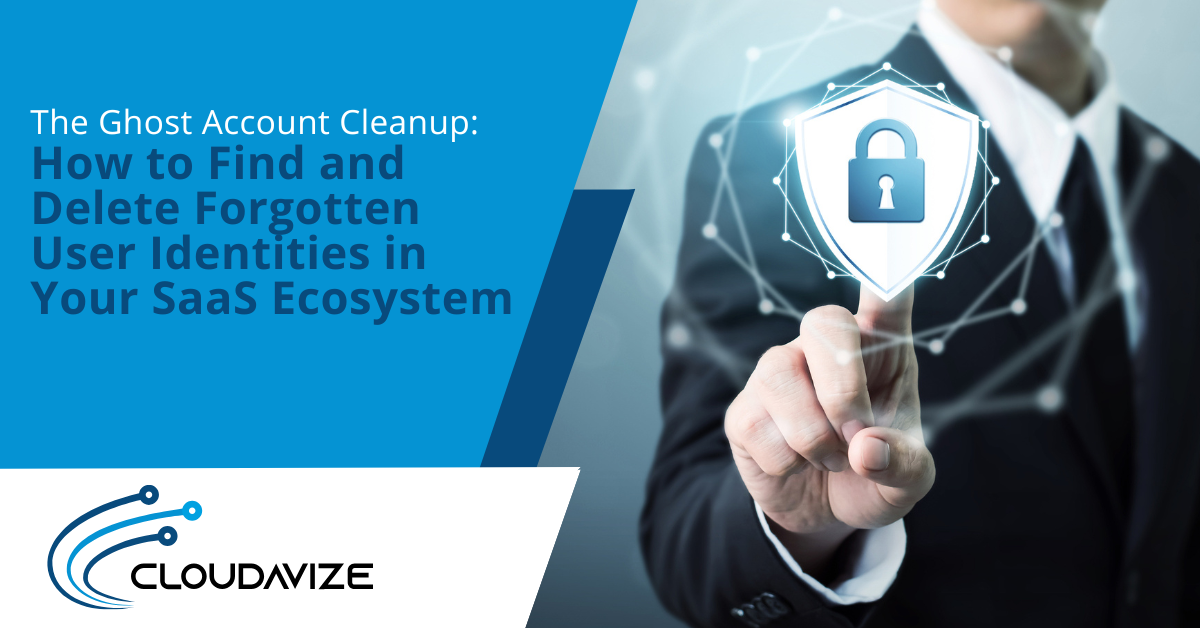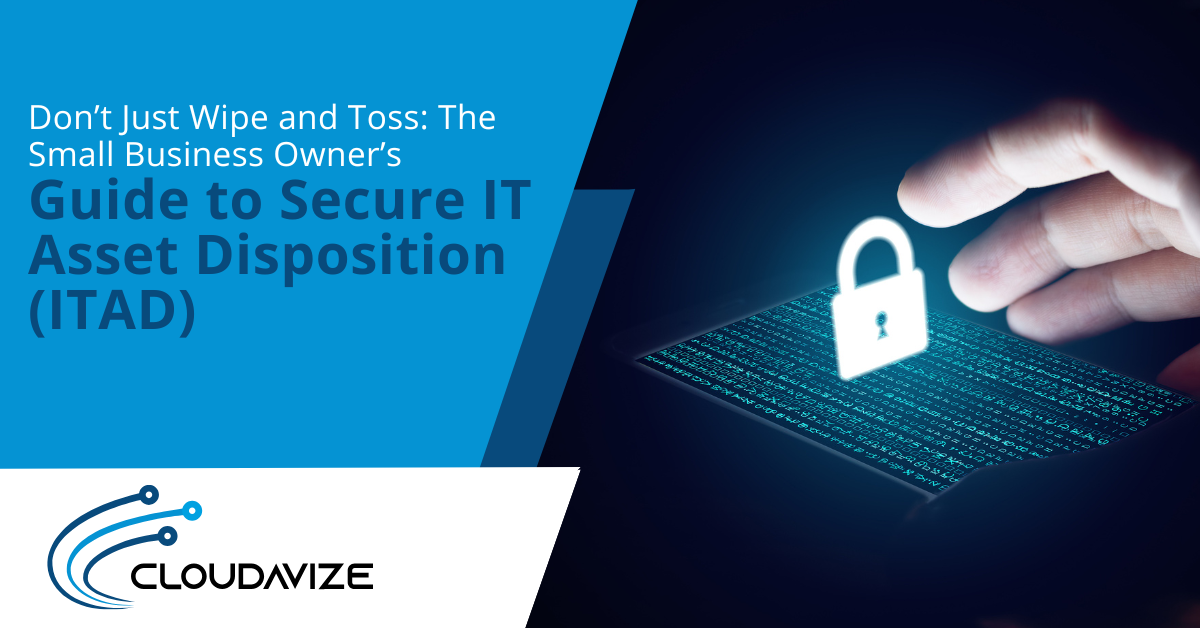You’ve probably heard someone say, “We disabled that account months ago.” Maybe they did or maybe they didn’t.
It’s easy to assume that every time someone leaves the team, their user profile and login has been neatly deactivated. But in a workplace packed with SaaS tools and shared platforms, that’s rarely the reality.
Ghost accounts, those forgotten logins that linger quietly in the background, can remain active for months without anyone noticing. These ghost accounts take up space, and hold the keys to your data, systems, and reputation.
The problem isn’t just clutter. It’s risk. A single unused account can become a doorway for data leaks, compliance violations, or even cyberattacks.
Let’s talk ghost accounts: what they are, why they form, and how you can clean them up before they cause real trouble.
Table of Contents
The Hidden Risk of Ghost Accounts
A single unused account can become the weakest link in your entire security chain.
The 2025 Verizon Data Breach Investigations Report found that 88% of web app breaches involved stolen credentials. That includes users who create weak passwords, as well as old or forgotten accounts that should have been deleted but never were.
Meanwhile, Okta’s 2025 Businesses at Work report estimates that the average organization now uses over 100 SaaS apps. Each of those SaaS apps may create its own identity, token, or guest access. Imagine how many of those stay behind after an employee leaves.
Want a real-world reminder? In 2024, attackers gained access to customer data at Snowflake by exploiting old demo accounts. Those accounts weren’t created with bad intentions; they were simply forgotten. But that was all it took.
If you’ve ever wondered why your security scans keep flagging “inactive users” or “orphaned accounts,” ghost accounts are usually the reason.
You might assume that ghost accounts are already covered by your cybersecurity tools, and to an extent, they are. But automation can’t always tell who has actually left the organization or which integrations are still tied to those identities. That’s where human oversight becomes essential.
How to Find and Delete Ghost Accounts in Your SaaS Stack
Cleaning up ghost accounts isn’t glamorous, but it’s one of those behind-the-scenes tasks that separates a secure organization from a vulnerable one.
Step 1: See What’s Actually Out There
Start by taking stock. Pull reports from your identity provider (Microsoft Entra ID, Okta, or Google Workspace) and cross-check the reports against your HR data.
Include:
- Current and former employees
- Contractors and external guests
- Service and API accounts
- OAuth tokens or personal access keys
If you’re wondering whether that’s overkill, it’s not. A single leftover API key can create an open door that no one is watching. If you haven’t matched your HR records against your app directories in the last 90 days, chances are you have ghosts already.
Step 2: Sort Accounts by Risk
Not every identity carries the same level of risk. Begin by organizing them into groups:
- Privileged accounts (admins, owners)
- External users (vendors, partners, guests)
- Inactive for 30+ days
- Non-SSO logins
Any profile missing multifactor authentication (MFA) or tied to an external domain should rise to the top of your list. Those are the accounts that attackers love.
This step often uncovers a bigger issue: your SaaS ecosystem is far larger than anyone realized. Just recognizing that can change the way you approach onboarding and offboarding.
Step 3: Use the Tools You Already Have
Most identity systems already give you more power than you think.
For example:
- In Microsoft Entra ID, run Access Reviews or check Inactive Guest Insights for dormant users.
- In Google Workspace, review API Controls to see which apps still hold OAuth access, then revoke them.
- In GitHub, shorten token lifetimes and audit fine-grained access tokens.
If you manage multiple tools, a SaaS Security Posture Management (SSPM) platform can centralize this. A SaaS SSPM may not be perfect, but it’s far faster than hunting one app at a time.
Step 4: Remove With Care
Don’t rush to hit delete. You need to:
- Disable sign-ins: This immediately removes access while you verify dependencies.
- Revoke sessions and tokens: Make sure no active connections remain.
- Reassign ownership: Transfer files, folders, and integrations to avoid losing important data.
- Then delete: Once everything is accounted for, you can safely remove the account.
The order matters. Removing a ghost account linked to automated processes too early can silently break workflows. Precision and patience are key.
Backing up configurations before any major removals is well worth the effort. For larger environments, a plan that includes reliable backup and disaster recovery measures will help you roll back safely if something unexpected happens.
Step 5: Automate the Next Round
If this process felt like a lot of manual work, that’s because it is, especially the first time. The goal isn’t to do it once; it’s to set up a system so you never have to start from scratch again.
Connect your HR system to your identity provider using SCIM provisioning, require SSO for every app possible, and set time-based expirations for all guest and service accounts.
Automation won’t catch everything, but it will drastically cut down your exposure.
If you are unsure which automation flow fits your setup, this is where experienced IT consulting helps. Sometimes you just need someone who has navigated this maze before.
Reinforce Your SaaS Security from the Inside Out
Ghost accounts don’t just happen because someone forgot to click “delete.” More often, they appear when HR, IT, and team leads aren’t working from the same offboarding playbook. It’s a people problem just as much as a technical one.
That’s why regular check-ins, like quarterly access reviews or app usage audits, can make a big difference. When every account has a known owner, a clear purpose, and an expiration plan, security becomes much easier to manage.
And if your stack has grown faster than your policies, you are not alone. Cloudavize helps businesses build the right checks into their cloud workflows, automating what can be automated, and reviewing what needs a human eye.
Ready to get started? Call us at (469) 728-0825, email info@cloudavize.com, or contact us here.



